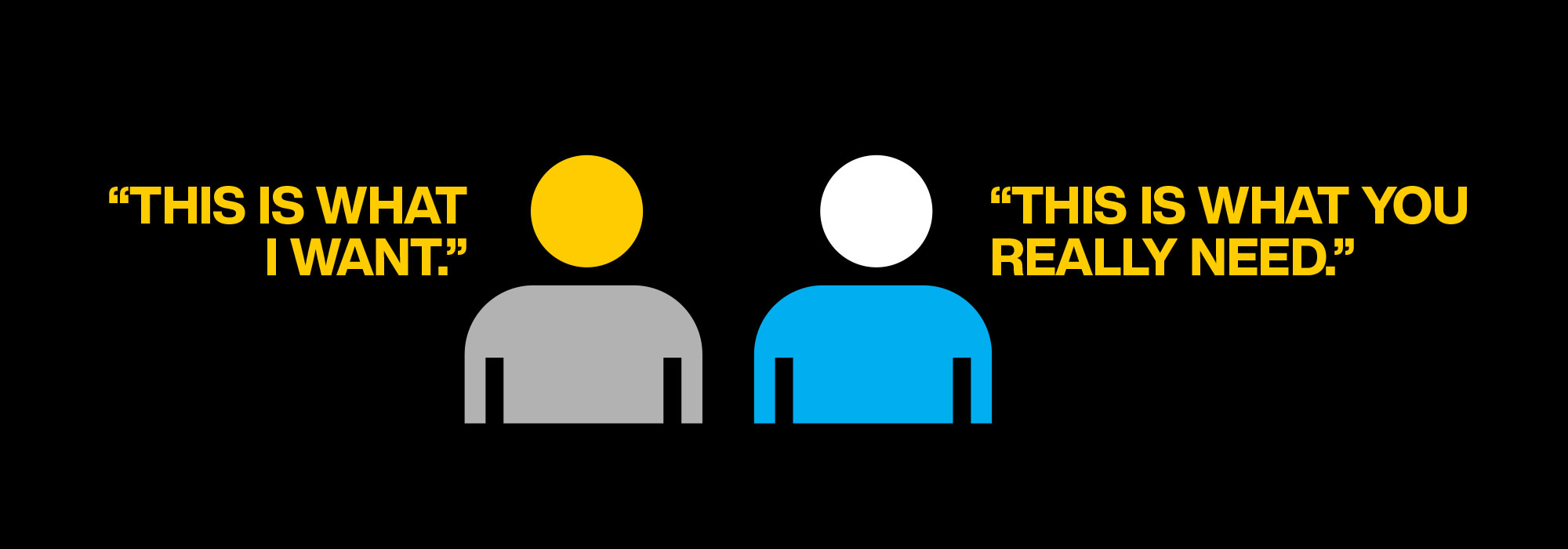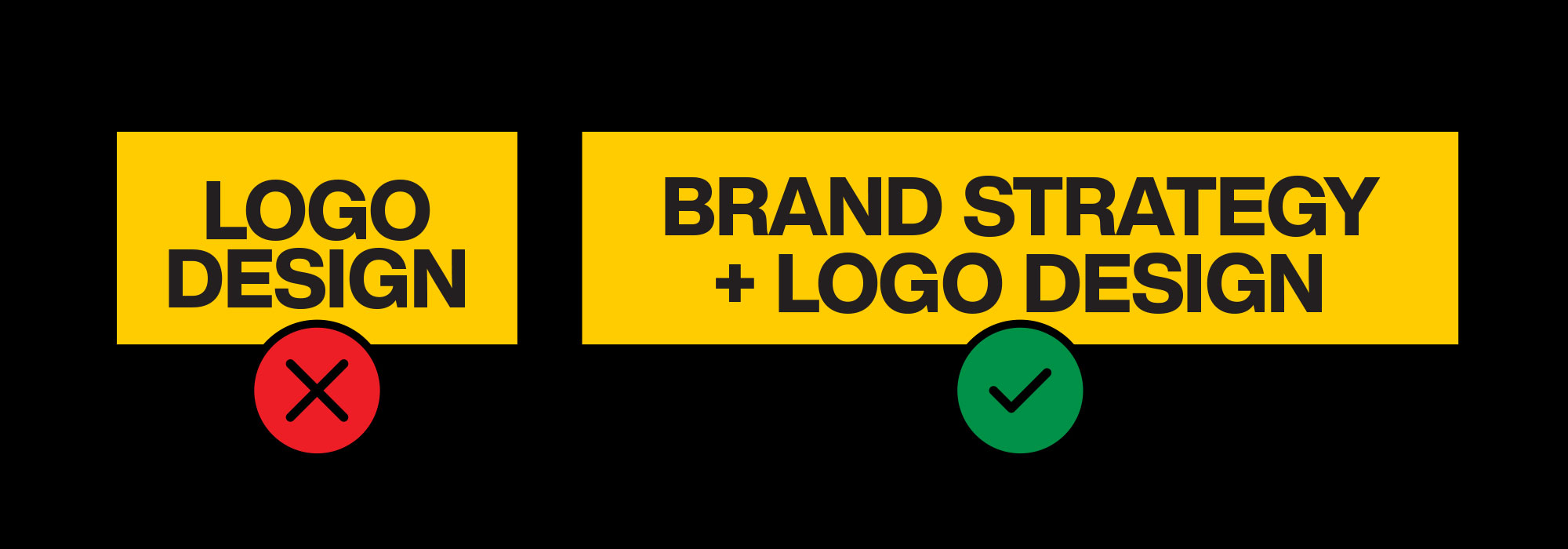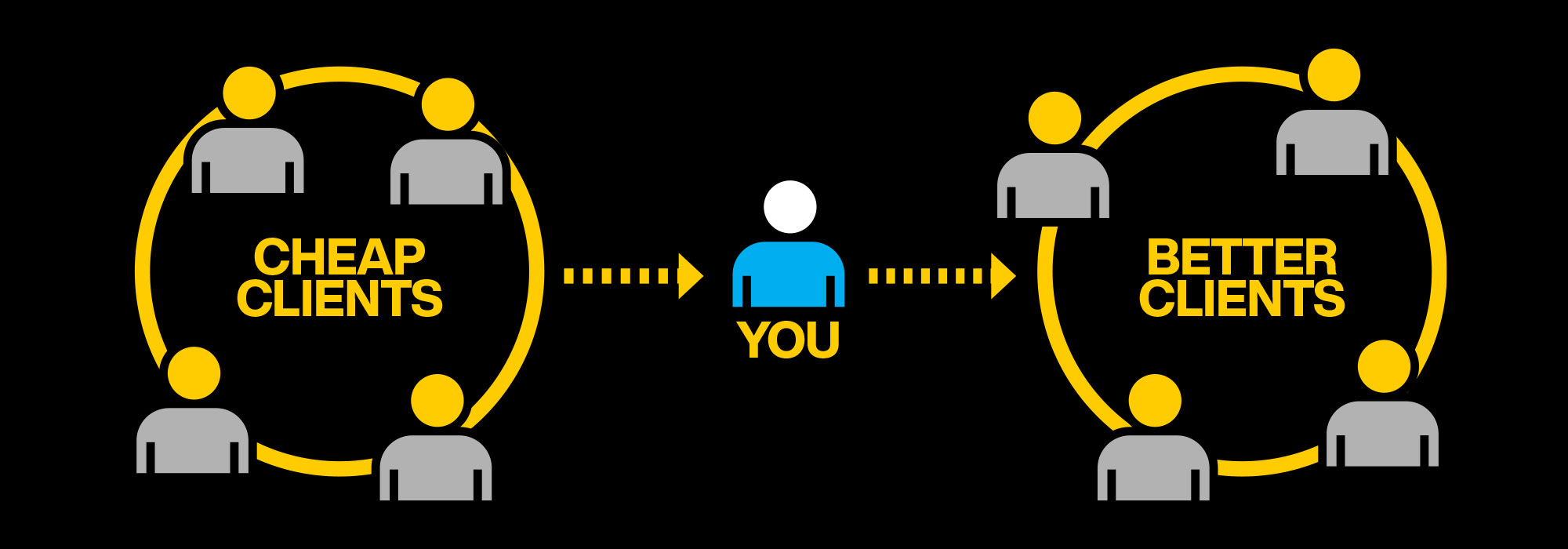Let’s kickoff this conversation by agreeing that you are too cheap. I know you are too cheap because almost every creative is not charging enough. Fear of losing the project forces us into shaving prices down. As a result, we are all, likely, leaving money on the table (and in some cases it is a lot of money).
Prices Inflate Over Time, So Should Yours
The world inflation rate averages around 3.2% per year (Source: Statista.com and a lot of countries have much higher than 3.2% inflation). If you are not regularly increasing your prices by AT LEAST 3.2% per year (or your country’s inflation rate), you are losing money every year. At just a 3.2% increase…
- If you charged $50/hour last year, you now charge $51.50/hour
- If you charged $75/hour last year, you now charge $77.40/hour
- If you charged $100/hour last year, you now charge $103.20/hour
And that is just to keep up with inflation! It doesn’t account for the increased value you can deliver due to your improved expertise as you improve year after year. (By the way, be sure to round those hourly rates. Don’t charge $51.50 per hour. Round it up to $52 or $55.)
Push the Price Ceiling
Tracking your proposal wins versus losses is a great way to see if you are pushing the price ceiling. The “price ceiling” is the high threshold that your customers are willing to pay for your services due to what other people charge for similar services. With creative services, this amount varies dramatically based on the client size, budgets, location, and other factors that affect your client’s economic decisions.
You can start experimenting with the price ceiling for your clients and work by increasing your prices with every proposal and tracking when your client’s start pushing back. If they aren’t pushing back on your prices, or if you are winning almost every project you pitch, you probably aren’t charging enough.
Build Reputation
As your reputation grows, your ability to charge more money will grow. Clients will say “yes” to your price because, due to your reputation, there is evidence that you can produce results that your competitors cannot. Pentagram isn’t able to charge millions of dollars for logos and branding work because their designers are better than everyone else in the world (although they undoubtedly have great designers). They can charge those big dollar amounts because their highly esteemed reputation dictates their market value. You can start doing the same. Your reputation will grow over time by:
- Delivering results for clients
- Building social media audience
- Exposing potential customers to your marketing
- Winning creative and business awards
- Building thought leadership
Solve Bigger Problems
The bigger the problem you can solve, the more money you can charge your clients. Instead of just “designing logos,” offer a “brand strategy” plus logo design. Instead of just “designing websites,” offer a “conversion optimization strategy” and “website design.” You get the idea. Level up your services to solve bigger business problems and you will be able to level up your prices.
Find Higher Paying Clients
Cheap clients know other cheap clients. You will not find clients with bigger budgets in the same place you found clients with small budgets. Define your target customer. What problems do that have in their businesses? List some of the businesses in that target. Where are they? Where do they do business? Where do they network? Do you know anyone who might know any of them? You need to be where the better, bigger budget clients are and start building relationships with potential clients in new business circles through social media and networking events.
Be sure that you “look the part” and fit in these new “better clients” business circles. This may require a redesigned portfolio, modifications to your business attire, deeper knowledge of their industry, and improved social skills.
Improve Your Sales Process
Selling your services is all about understanding your client’s problem and positioning yourself as the solution. News flash, your client’s problem is not, “I need a new website.” They may tell you this, but what they really want are the results the website will produce for them; increased revenue, sales conversion, customer retention etc. In your sales process, begin asking questions and talking about what your client really needs. Then show how you can deliver results to solve the problem. This will position you as the expert and empower you to increase your prices.
















